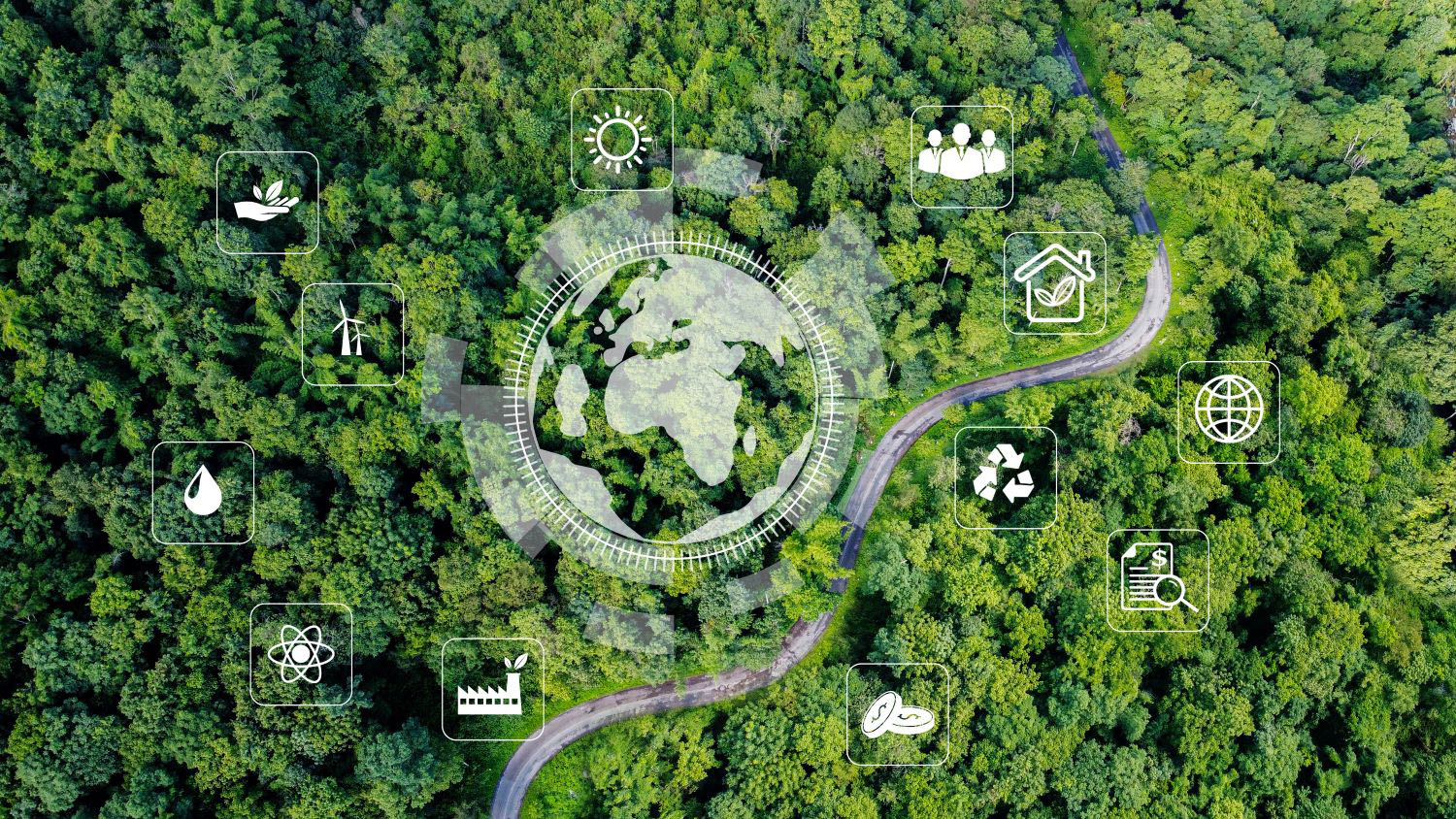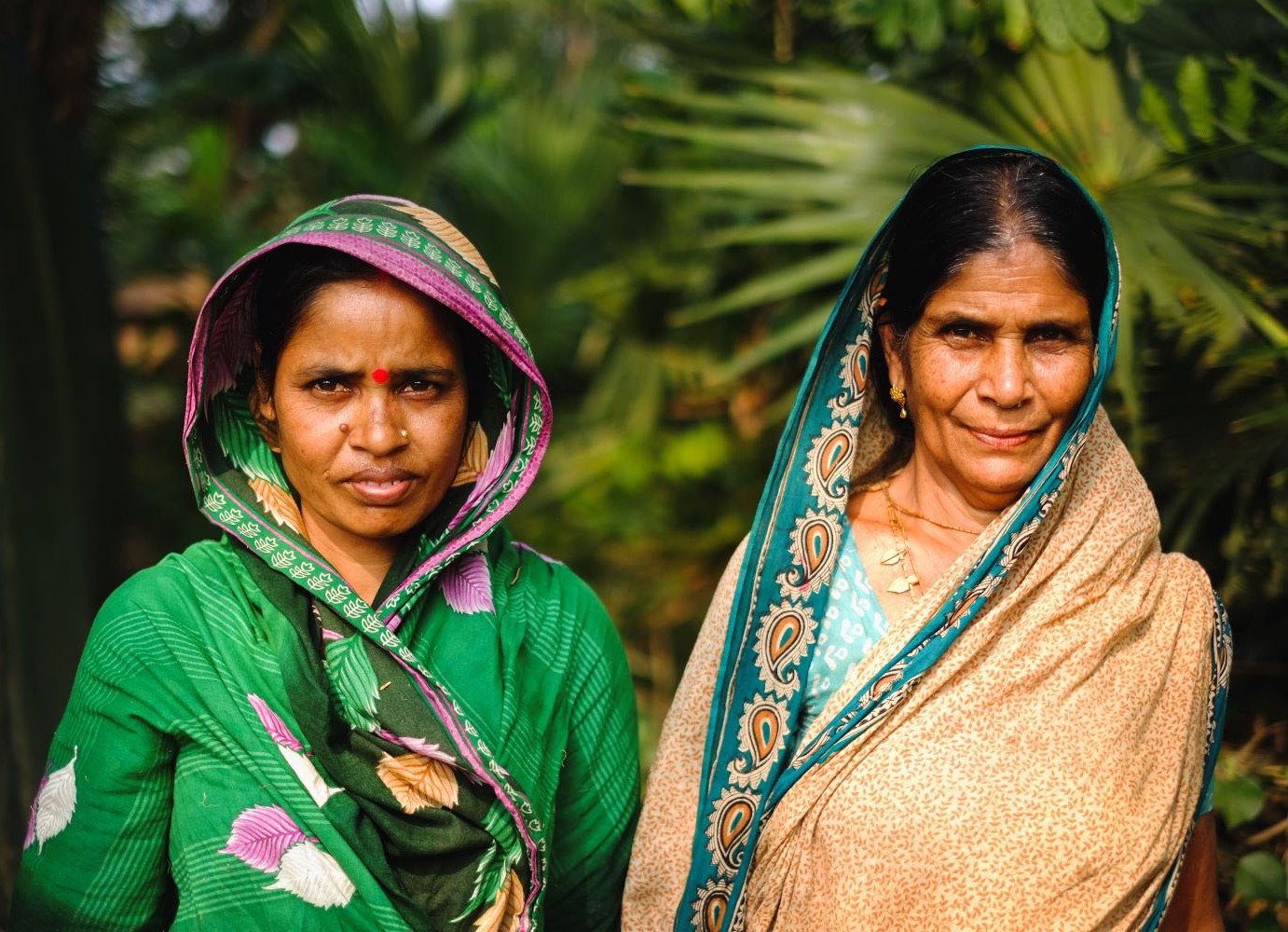Harping on about holiday decorations before the Thanksgiving Turkey is even stuffed should be the preserve of Macy’s design teams and tinsel factories. But a recent event at CGD had me thinking about Christmas trees.Members of the “Toward a Post-2015 Development Paradigm Project” group came to discuss their report Post-2015 Development Agenda: Goals Targets and Indicators. It was a very interesting meeting and the report is a great read, developed out of a multi-country group of think tanks and universities which undertook wide-ranging consultations. In particular, the team’s collection of potential indicators across a plethora of potential goal areas is an incredibly useful exercise (Andy Sumner, Jonathan Karver and I tried to do something similar in the start of our paper, but the Post-2015 Development Agenda report is far more comprehensive).Joining an emerging consensus, the project members see the role of the post-2015 development agenda as outlining a “charter for living,” or a set of areas that encompass the quality of life –inclusive growth, food and water, health, education, security, resilience, equality, civil and political rights, environmental sustainability, infrastructure and global governance. So the report suggests eleven broad goal areas that cover the waterfront. In fact, CGD alumna Casey Dunning who suggested that the only thing she couldn’t find covered was irrigation –only to be assured by the authors that it was in there somewhere.But that does suggest a problem about scale. Each of the goal areas that the post-2015 development project team lays out could potentially contain a multitude of actual goals, leaving us with 53 or 89 top-level priorities. A big challenge for the drafters of the post-2015 document is to avoid the Christmas tree (as Claire Melamed has put it) --a declaration haphazardly overloaded with goals like ornaments piled on branches.In fact, meetings on the post-2015 agenda have a habit of turning into goal-storming events, where everyone comes forward with their own pet goal to add to the tree. Post-2015 High Level Panel member Abhijit Banerjee noted that 32 potential goal areas had been raised at their open session in London. To recklessly abuse the Christmas tree metaphor, the drafters of any post-2015 agenda will need a tool to prune the spruce if they are to avoid an unwieldy mess of thirty-plus ill-specified goals in a document thicker than a Harry Potter boxed set.My pruning sheers would have two sharp edges. First: is this goal area widely agreed as a vitally important goal of life, something good in its own right? Health outcomes like child mortality, literacy, respect of civil and political rights, a minimum of income and meaningful employment are the types of goal areas that probably survive this pruning tool. Access to broadband --perhaps not.The potential exception to this first cut involves means-to-ends that can only be delivered by the world acting in concert. Think of them as the global goal areas for the UN Family, which seems appropriate for a document coming out of the General Assembly. These might cover: global environmental sustainability; maximizing the development impact of global flows of goods, finance, people and ideas; and strengthening global governance.But the second sharp edge for goal areas that survive the first cut would be ‘is there a broad, politically acceptable, easily understood metric that can be turned into a time-bound global target in this area.’ (Think: reduce child mortality by two thirds by 2015). And looking through the annexes of the post-2015 report for such indicators in areas including global governance and civil and political rights, I’m not convinced I see any.That’s no criticism of the work of the project team, it’s just a reality of measurement and politics. It is a big reason the original MDGs looked like they did –everyone likes motherhood, children and schooling, and it’s hard to come out at a global forum against gender equality in education or poverty reduction. Conversely, there are lots of countries that would mount strong (and perhaps legitimate) attacks on the idea that the UN ought to have a goal on voter participation at elections, as it might be.Even if the international community can’t find a broad measure that fits the other criteria for some of the proposed new goal areas, it would still be great to see some language in a post-2015 declaration, of course, backed up by narrower time bound numerical targets where they can be achieved. For example, no one would argue that universal access to a legal identity for all at birth is a great proxy for all we would want out of a governance or rights goal, but it would be great if it were recognized as an important element of the story.So perhaps what we can hope to end up with in 2015 is a declaration that has poetic language covering the waterfront of development, time bound numerical goals on important indicators of human progress in a subset of topics, some additional, partial targets around means and institutions, and strong global goals on environment, perhaps some elements of cross-border flows and maybe (but probably not) global governance. Pretty much what we ended up with in 2000, in other words --but hopefully with a somewhat higher ratio of time bound goals to poetry. And the Goals Targets and Indicators report is a useful tool to help get us there.
Disclaimer
CGD blog posts reflect the views of the authors, drawing on prior research and experience in their areas of expertise. CGD is a nonpartisan, independent organization and does not take institutional positions.





